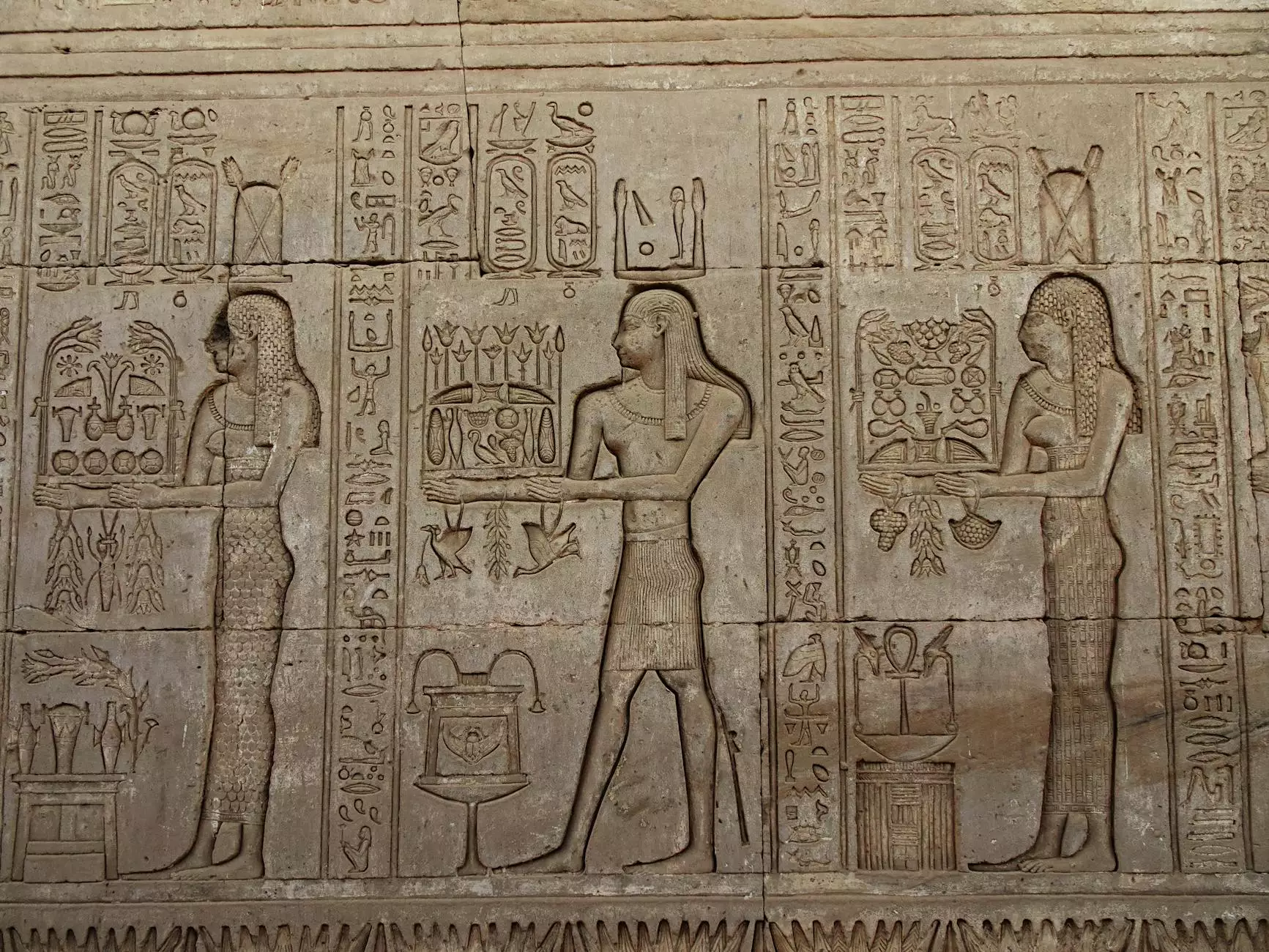The Art of Asymmetrical Meter in Music Composition

Understanding Asymmetrical Meter
Asymmetrical meter refers to the rhythmic structure of a piece of music where beats are grouped in irregular patterns. Unlike traditional meter, which is typically structured around equal divisions such as 2/4 or 4/4, asymmetrical meter allows for creative freedom, giving composers a chance to break away from conventional rhythmic constraints. This captivating approach creates unique and engaging musical experiences that can challenge listeners and enhance emotional expression.
The Importance of Meter in Music
The meter of a piece fundamentally affects its character and feel. It serves as the skeleton of rhythm over which melodies and harmonies can be built. In asymmetrical meter, irregular groupings create a sense of unpredictability that can heighten tension, excitement, and interest in a composition.
For instance, traditional meters provide a grounding rhythm, which can be comforting but may also become predictable over time. Employing asymmetrical meter, on the other hand, introduces a dynamic layer that not only supports innovative melodic ideas but also challenges performers to adapt and interpret as they play. This makes for a more engaging listening experience.
Historical Context of Asymmetrical Meter
The exploration of asymmetrical meters can be traced back to various musical traditions. Across the globe, diverse cultures have embraced complex rhythms that defy simple categorizations. Here are some notable examples:
- Indian Classical Music: The concept of Taal in Indian music includes intricate rhythmic cycles that may vary in length and division.
- Balkan Folk Music: Many Balkan styles, such as Bulgarian folk music, utilize asymmetrical meters to create vivid and complex rhythmic textures.
- Contemporary Western Composers: Notable composers such as Stravinsky and Bartók have made significant contributions to the use of asymmetrical meter within classical music.
Examples of Asymmetrical Meter in Music
Here are some noteworthy examples of pieces that prominently feature asymmetrical meter:
- “The Rite of Spring” by Igor Stravinsky: This revolutionary work features unpredictable rhythms that redefine traditional musical expectations.
- “Take Five” by Dave Brubeck: Written in 5/4 time, this jazz classic exemplifies asymmetrical meter through its distinctive beat structure.
- “Blue Rondo à la Turk” by Dave Brubeck: This piece combines asymmetrical meters, switching between 9/8 and 4/4, which creates a delightful rhythmic interplay.
How to Incorporate Asymmetrical Meter in Your Compositions
Incorporating asymmetrical meter into your music may seem daunting at first; however, with practice and understanding, it can add immense depth to your compositions. Here are some tips on how to do it:
1. Experiment with Irregular Beat Patterns
Begin by writing simple phrases that group beats unpredictably. Instead of standard groupings, try creating phrases that alternate between longer and shorter measures. For instance, you could write a piece that moves from a 7/8 measure to a 5/8 measure, creating a compelling contrast.
2. Use Polyrhythms
Layering different rhythmic patterns can give a rich textural quality to your work. Feel free to juxtapose a steady meter with an asymmetrical rhythm. This method allows combinations that provide a unique sonic experience, one that evokes varied emotional responses from the audience.
3. Study Diverse Musical Traditions
Dive into the rich world of global music and learn from its complexities. By immersing yourself in different styles, you can discover new ways to think about rhythm and meter. Explore works from non-Western traditions and analyze how asymmetrical meter shapes their musical narratives.
4. Collaborate with Other Musicians
Working with other artists can lead to creative new ideas. Musicians from different genres may have an intuitive grasp of rhythm and meter, and collaborating with them can provide new insights into incorporating asymmetrical structures into your compositions.
The Impact of Asymmetrical Meter on the Listener
The presence of asymmetrical meters in music presents a unique listening experience. It can evoke a strong visceral reaction due to its departure from the norm. Here are some impacts it may have:
- Emotional Engagement: Asymmetrical meter can evoke a wide array of feelings, stirring emotions and drawing listeners into the music on a deeper level.
- Intellectual Stimulation: The challenge of following irregular rhythms can engage listeners mentally, creating an experience that feels rewarding and immersive.
- Memorable Hooks: Unique rhythmic patterns can lead to catchy hooks that stand out, embedding themselves in the listener's memory.
Conclusion
Incorporating asymmetrical meter in music is not simply about breaking rules; it is a profound way of expanding musical language. It allows for greater emotional expression, nurtures creativity, and provides depth to compositions that keep listeners engaged. As you explore the world of asymmetrical meter, remember that the key to mastery lies in continuous experimentation and study.
For musicians and composers, mastering asymmetrical meter is an invaluable tool. It can not only enhance your musical toolkit but also redefine the way you approach rhythm and meter in your work. Dive into the rich landscapes of asymmetrical compositions, discovering innovative ways to breathe new life into your music. Embrace the asymmetry and allow your creativity to flourish!
For more insightful discussion on music and video, be sure to check out The Sound Stew.









